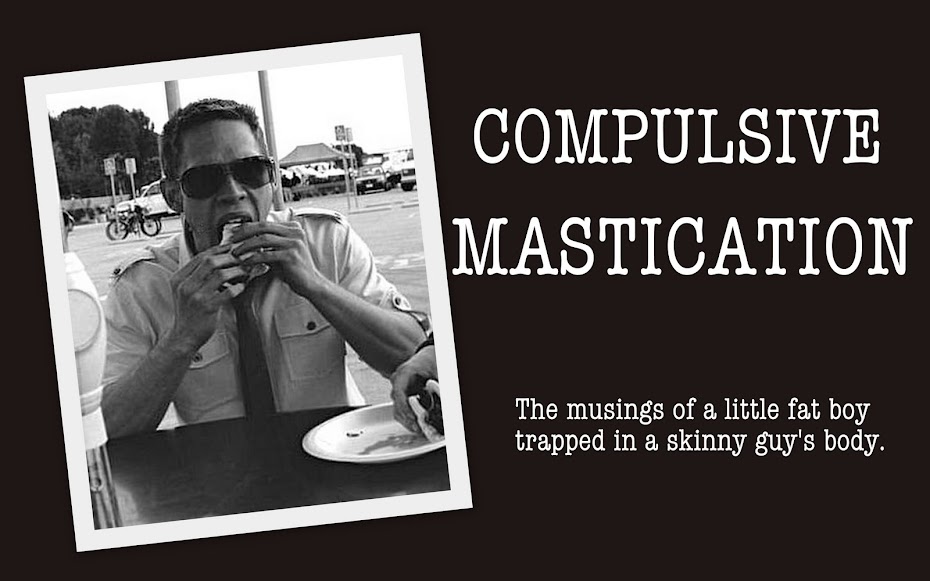I have, at times, been called an adventurous eater. There
just isn’t much that shocks me when it comes to food, and even if it does,
chances are, I’m still gonna pop it in my mouth. If for no other reason, just so
I can say, “Yea, I’ve tried that.” But every once in a great while, I come
across something that, though I would never admit it to the people I’m eating
with, kind of scares me. Recently, I had this kind of culinary experience, and
as a result, I discovered just how incredibly twisted my palate really is. What
could this dish be? Some type of organ meat? No. Testicles? Childs play. The
fertilized, developed, and aborted fetus of a duck? Now you’re talking.
Balut, as the Filipinos call it, is exactly as I described
it; A partially developed duck fetus still in its shell. Meal includes: Egg
yolk, egg white, duck meat, veins, bones, internal organs, eyeballs, feet,
feathers, and a soft but very visible beak. Add salt and pepper, and you have
yourself a treat! I had the privilege of discovering this strange looking dish
at a friend’s house where I learned a few interesting things about balut. The
favorite part of many who eat it is the mildly salty liquid that little daffy
is floating in. Balut is considered an aphrodisiac by many. And apparently if you don’t boil the eggs, and
you keep them nice and warm, you’ll have yourself real live duck babies for
your companionship and amusement. My friend assured me that she knew of the
validity of that last fun fact from personal experience. This night however, we
were hungry, and opted not to incubate any for future pets. When the eggs came
out of the water, I was instructed to crack one end just enough to make peeling
the shell back easier, drink the liquid inside, then remove the shell as I eat,
and “try not to look at it.”
I grabbed an egg, cracked it as I was told, and braced myself
for what I was about to do. I took a swig of the liquid and let it sit on my
tongue for a while so that I could really taste it. It was reminiscent of a
watered down stock, very mild in flavor, and surprisingly, I enjoyed it. Then I
began to take the shell off, and the first thing that I saw was a head with
tiny feathers; its eyes covered by a thin membrane, and its beak wide open. I
look a bite and the texture was shocking to the point that I had trouble
believing it. I told myself over and over that the little birdie was going to
be rubbery, or crunchy, or slimy, but I couldn’t have been more wrong. It had
the texture of very tender meat, and the beak and bones were so soft it was
like biting into a softshell crab, I didn’t even notice them. After I ate the
head, the rest seemed easy. Aside from the one or two noticeable feathers, I
think that anyone who tried balut with a blindfold on would think that they
were eating an omelet with duck meat, and hey… who wouldn’t want that?
